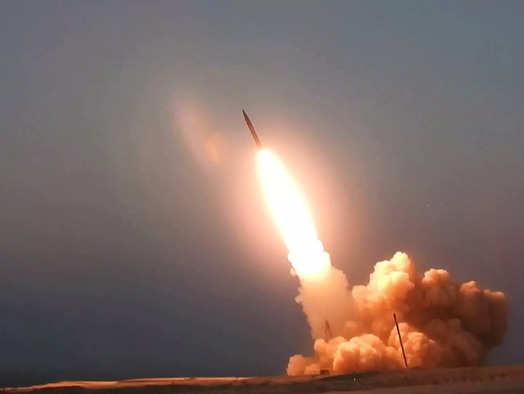As the Hajj pilgrimage in Saudi Arabia nears its end, the kingdom is grappling with an intense heatwave, with temperatures reaching up to 49°C (120°F). The Saudi Ministry of Health has reported over 2,700 cases of heat exhaustion on Sunday alone, emphasizing the critical situation faced by pilgrims, particularly in the Makkah and Mina areas. The heat has claimed the lives of at least 14 pilgrims, while 17 remain missing. The Jordanian and Iranian pilgrims have been notably affected, with reported fatalities among their nationals and the Jordanian foreign ministry confirming the loss of life. The National Meteorological Center has forecasted partly cloudy weather, but this has done little to alleviate the risks associated with the extreme temperatures and high humidity levels at the holy sites. The Saudi authorities have responded by imposing a temporary ban on pilgrims leaving their tents in Mina from 11 am to 4 pm, during the peak heat hours, to prevent further heatstroke and sunstroke cases. The Ministry of Health has also urged pilgrims to take shelter from the sun, drink water regularly, and follow all health instructions, including the constant use of umbrellas to avoid direct sun exposure. Despite the challenging conditions, the Hajj Ministry has released footage showing crowds gathering for the annual pilgrimage, and the pilgrimage agencies and transportation companies have been instructed to halt the movement of pilgrims to the Mina area during the hottest parts of the day. The Saudi government has also been distributing water and ice cream to help pilgrims cope with the heat. The Hajj, one of the five pillars of Islam, drew around 1.8 million pilgrims this year, with 1.6 million coming from abroad. The Jamarat Bridge, where pilgrims perform the ritual of stoning, will be open for the third time on Tuesday, before the farewell Tawaf.
Key points
- Over 2,700 cases of heat exhaustion reported among Hajj pilgrims in Saudi Arabia with at least 14 confirmed deaths.
- National Meteorological Center forecasts partly cloudy weather, but temperatures remain dangerously high.
- Saudi authorities ban pilgrims from leaving tents during peak heat hours to prevent sunstroke and heat exhaustion.
- The Hajj pilgrimage attracted around 1.
8 million pilgrims this year, despite extreme heat conditions.



